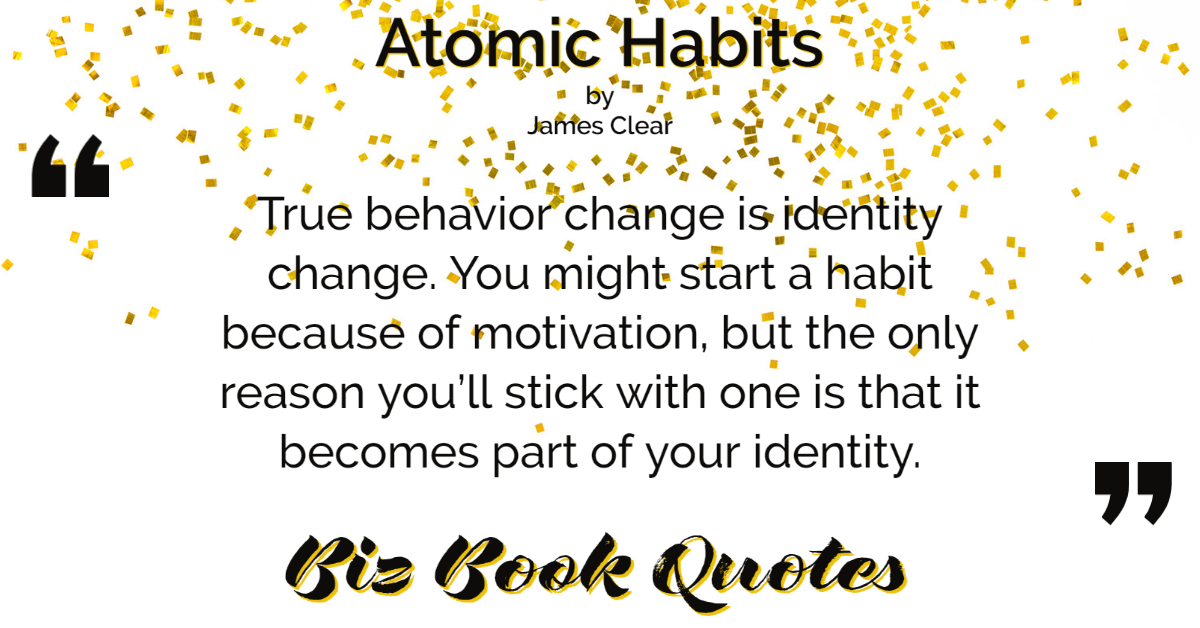 |
True behavior change is identity change. You might start a habit because of motivation, but the only reason you’ll stick with one is that it becomes part of your identity.
|
34 |
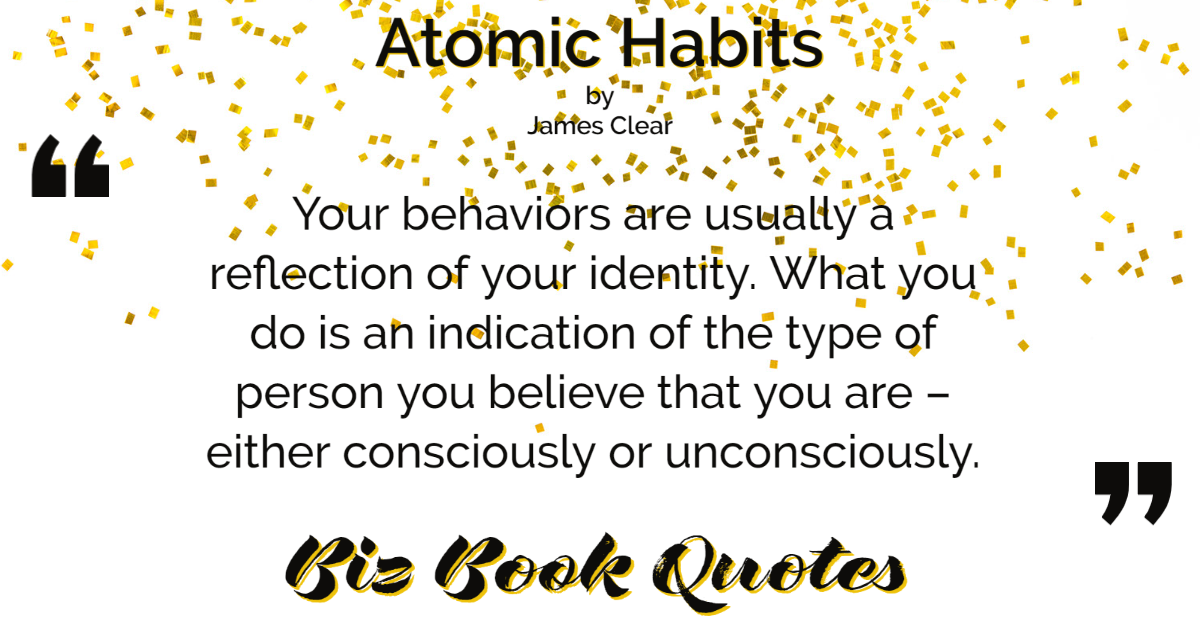 |
Your behaviors are usually a reflection of your identity. What you do is an indication of the type of person you believe that you are – either consciously or unconsciously.
|
34 |
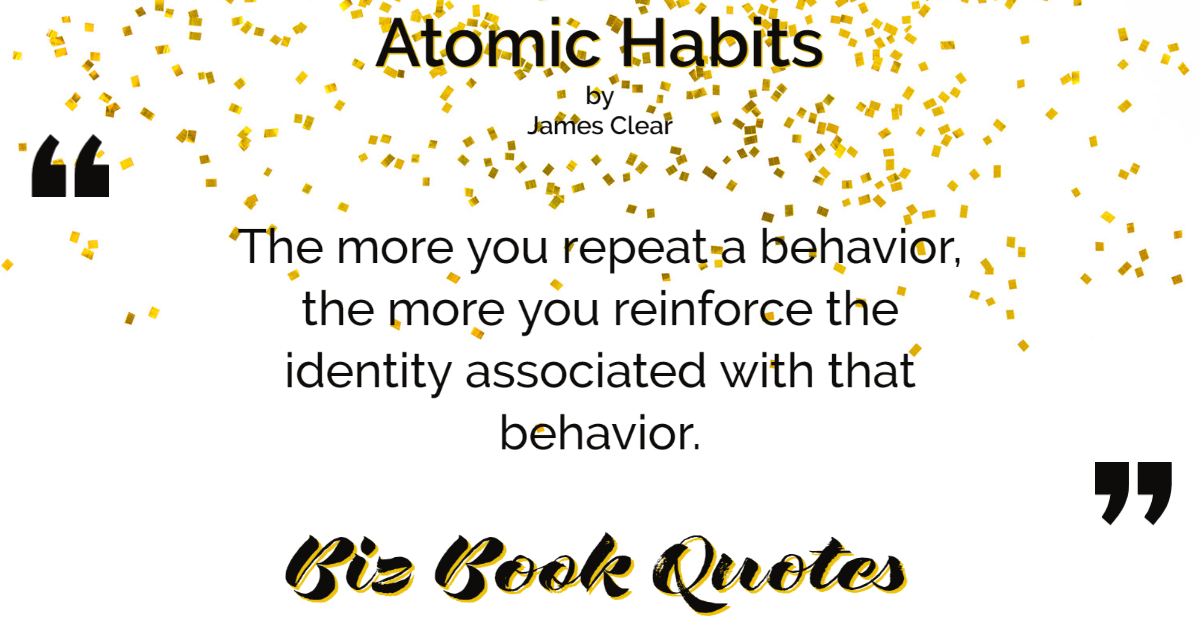 |
The more you repeat a behavior, the more you reinforce the identity associated with that behavior.
|
36 |
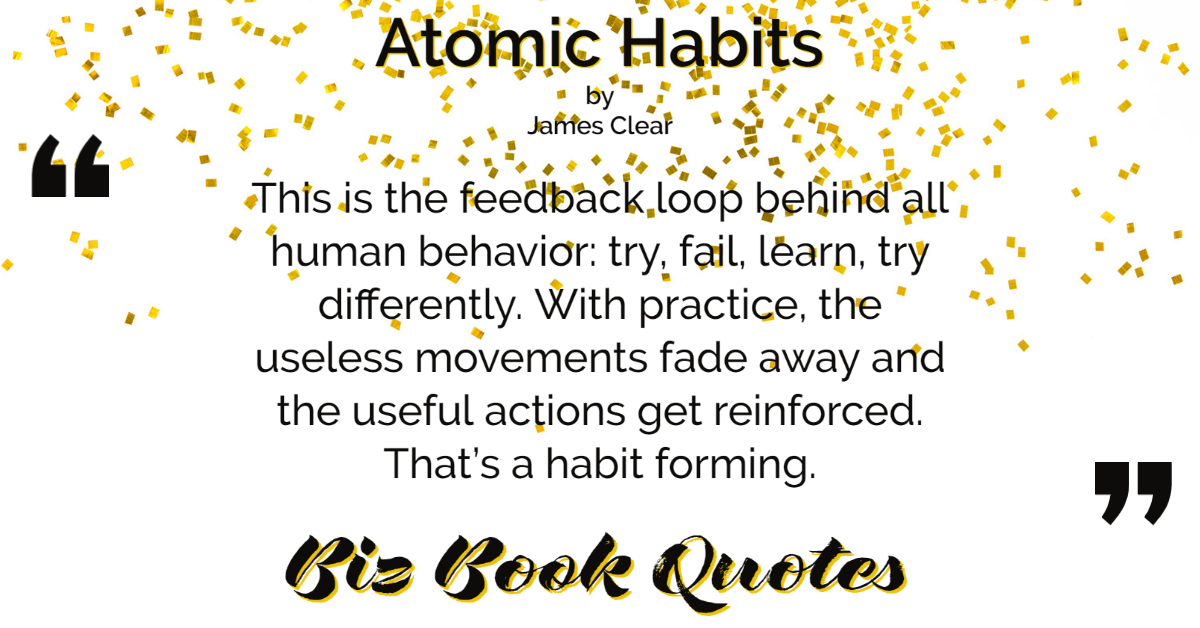 |
This is the feedback loop behind all human behavior: try, fail, learn, try differently. With practice, the useless movements fade away and the useful actions get reinforced. That’s a habit forming.
|
45 |
 |
All behavior is driven by the desire to solve a problem.
|
51 |
 |
No behavior happens in isolation. Each action becomes a cue that triggers the next behavior.
|
73 |
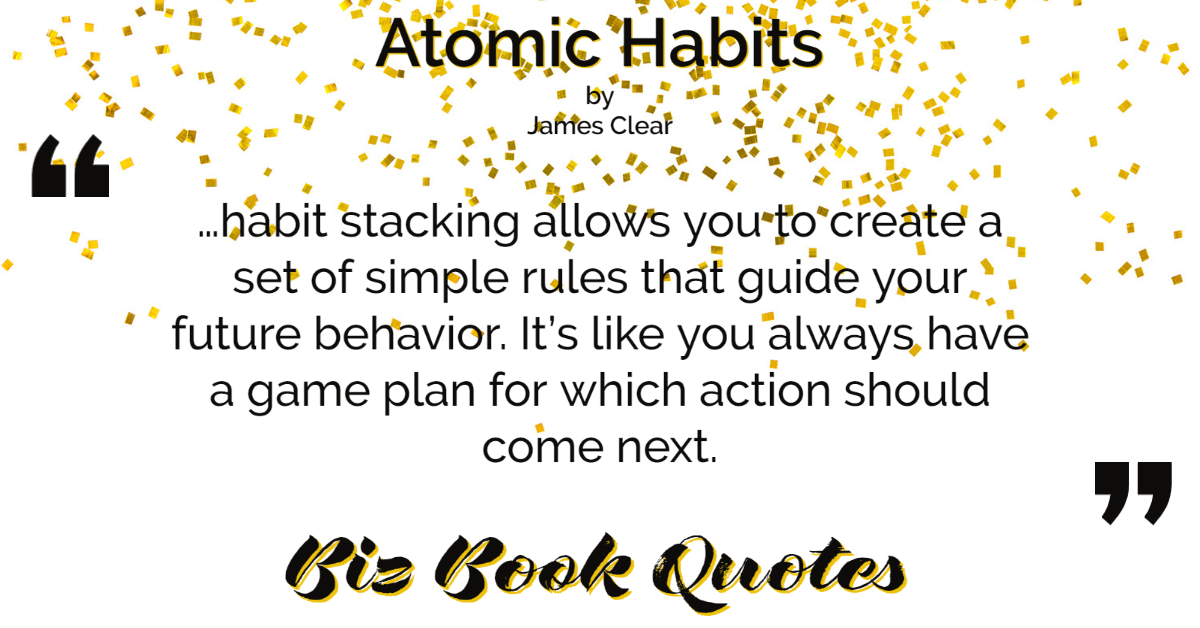 |
…habit stacking allows you to create a set of simple rules that guide your future behavior. It’s like you always have a game plan for which action should come next.
|
76 |
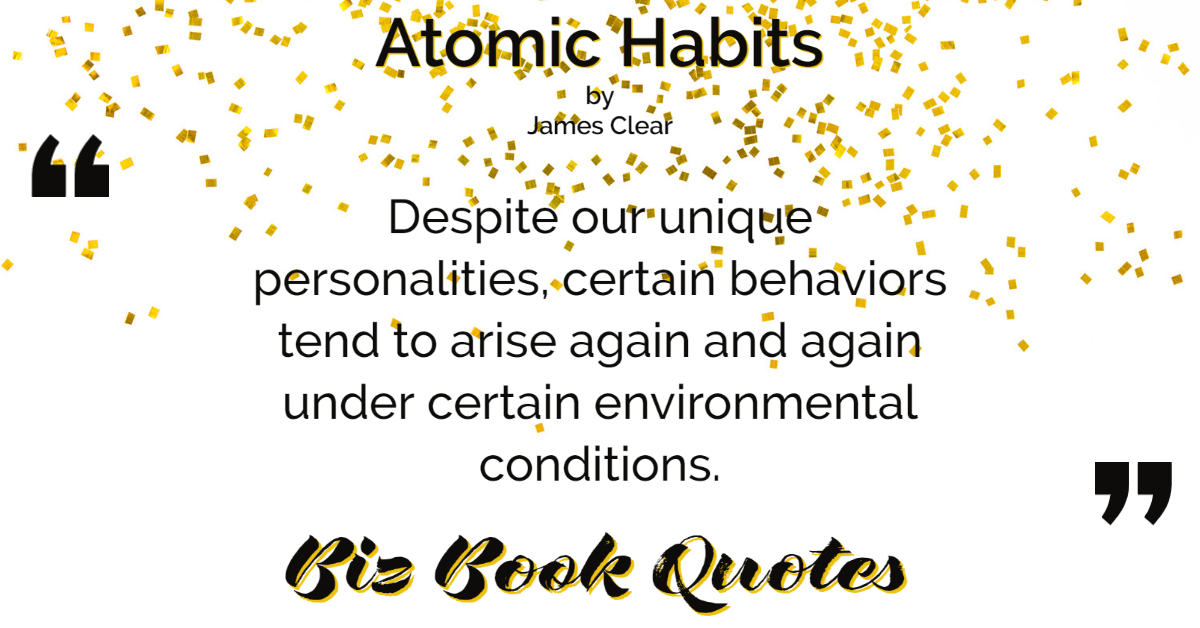 |
Despite our unique personalities, certain behaviors tend to arise again and again under certain environmental conditions.
|
83 |
 |
Given that we are more dependent on vision than on any other sense, it should come as no surprise that visual cues are the greatest catalyst of our behavior.
|
84 |
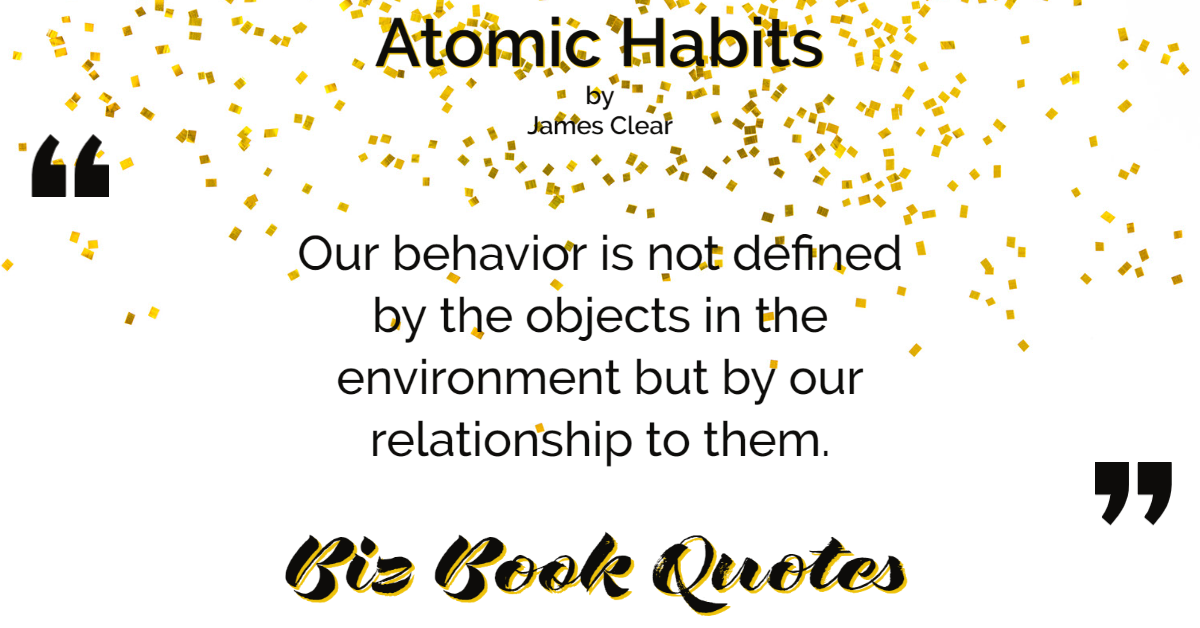 |
Our behavior is not defined by the objects in the environment but by our relationship to them.
|
87 |